
Welcome to GR Online, a series of short-form articles that take aim at the moving target of contemporary culture as it’s whisked along the guide rails of innovations in digital media, globalisation and late-stage capitalism.
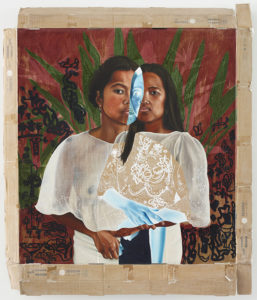
Conflicted feelings
Cardboard boxes have long been closely involved with artists and art institutions, playing a supportive and mostly unremarkable function. They’re taken for granted as banal, domestic, practical. By elevating the quotidian box, Santiago makes the invisible not just visible, but deserving and significant.
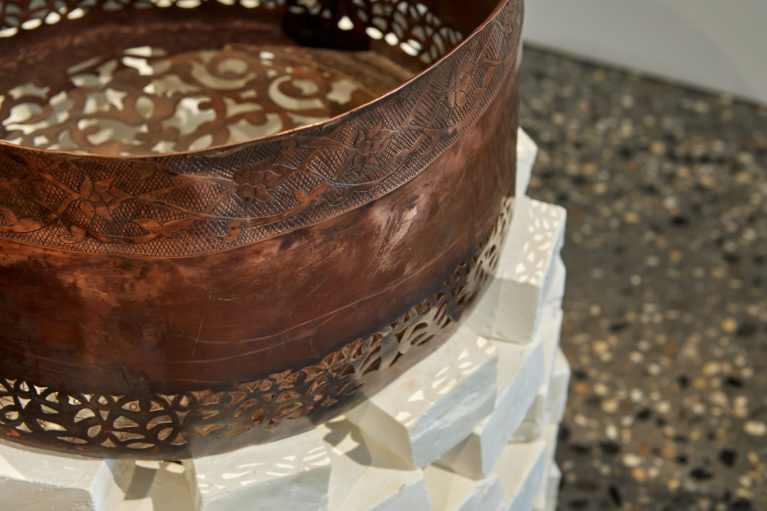
Handmade transcendence
Multimedia installation artist Shireen Taweel knows that copper often finds its way into objects of ritual. It adorns places of worship in the mosque; it fuels sites of public cleansing and sociality in the hammam; and it provides the vessels of eating and drinking via cookware. Copper is ubiquitous in the rites that bring humans together, worked and processed through collective labour.

Infinity plus one
It is a zero, measured at a millimetre, that represents the barrier between two lovers, no matter how closely they touch. It is that zero that Fielden drew 800,000 times to create The Veil, aided by an architectural pen and a magnifying glass. These thousands of zeroes are lined up neatly, row upon row, and from a distance they create the effect of blurring lines. Up close, however, are the zeroes: individual, spaced, painstakingly arranged, the task of many months.
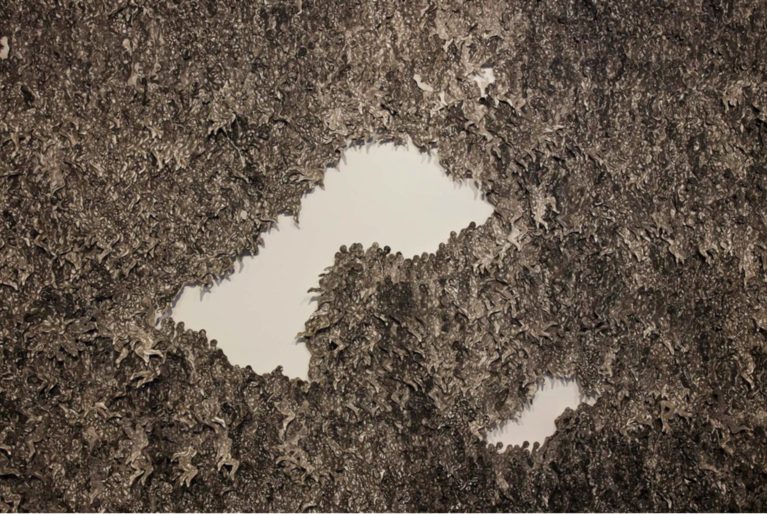
Within my blood, this love for land
Her artwork demands that the viewer spend time with it, too. Absorbing, thinking, feeling. It’s necessary to move closer to examine clusters and individual figures, noticing both patterns and anomalies. There are areas of saturation – overlapping bodies, crowds, bottlenecks, and areas of sparseness – absence, stillness, danger. In the serene, climate-controlled space of a gallery, the viewer is invited into notions of exclusion and dislocation.
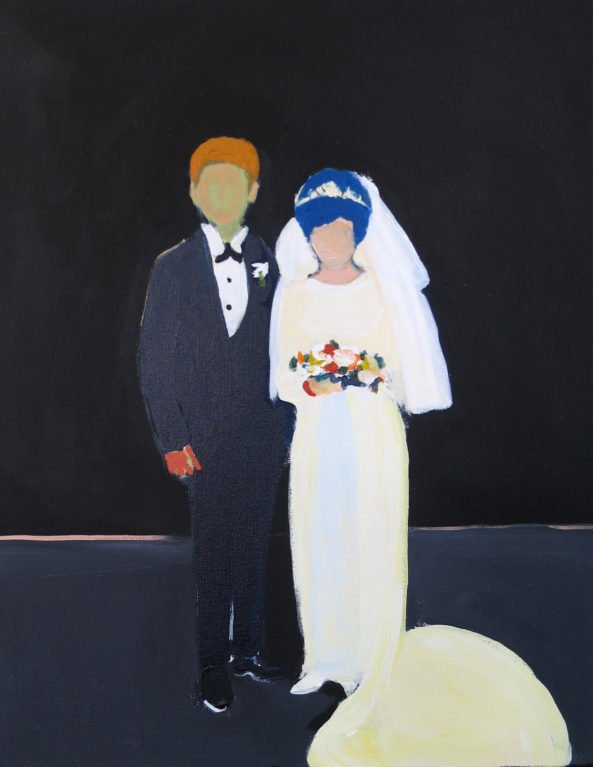
Domestic. Suburban. Mother.
The materials that frequently appear in Brescia’s work – cleaning wipes and kitchen sponges, toilet cleaners and feather dusters – expose the comparative poverty of a canvas, or a piece of clay, as if regular artists’ tools can’t render feeling or emotion. They don’t say, this is what it’s like to be here, to be me.

Wish you weren’t here
You will put all your belongings in a locker. Everything. You can’t give your friend the photos you’ve brought. Photos of him in better days: on country days, dancing ceremony, playing footy, his kids. You put the photos and your jewellery, along with your phone and backpack, into the locker. You remember to take out your cardigan. You’ll need it to cover your suggestive shoulders.

The final choice
The Netherlands and Canada boast the most progressive VAD laws in the world. Time will tell how they might be tested. Time will also be the judge of whether Australian laws go far enough. Dementia Australia forecasts that 1.1 million people will be living with dementia by 2058.
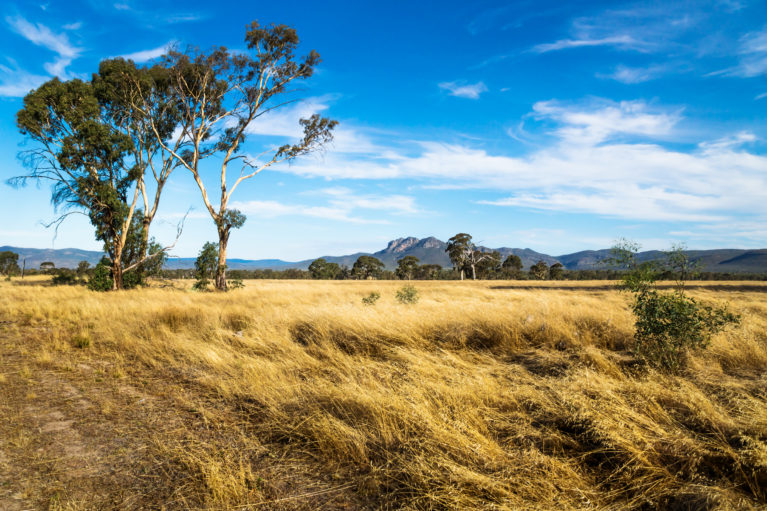
Restoration, recovery, renewal
When Europeans first invaded Australia, it was common for them to comment on the verdant grasslands and gardens of the country. Few acknowledged – and most probably couldn’t conceive – that these features had been created by Aboriginal agricultural methods. Many of them, however, noticed the sudden deterioration in the colonial landscape and its soils after their arrival.
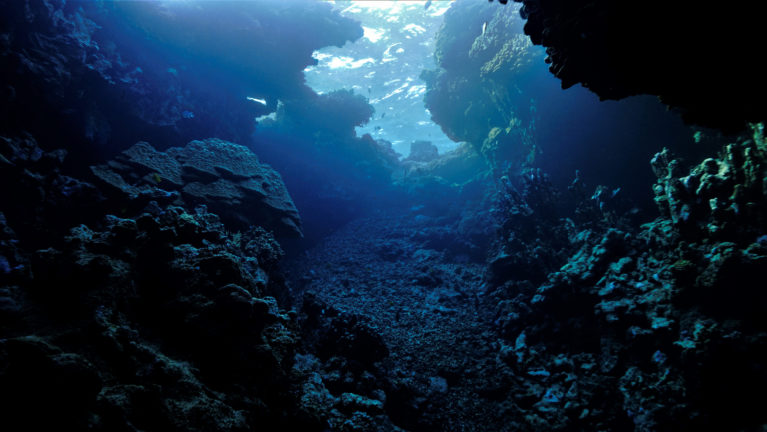
Into the deep
Although few scientists take seriously the aquatic ape theory that postulates our ancestors returned to the water for a time, there is no question our bodies remember other, older ways of being that connect us to the water.

Through the looking glass
Van Leeuwenhoek had been eager to dissect many different animals’ organs of sight in order to better understand the biological basis for vision. This knowledge, he believed, would aid in improving his microscopes. If he came to grips with how eyes worked, he might then be able to mechanically simulate a more piercing, magnifying focus by crafting better lenses. Biomimicry, of a type. He sought whale eyes specifically because of their size.
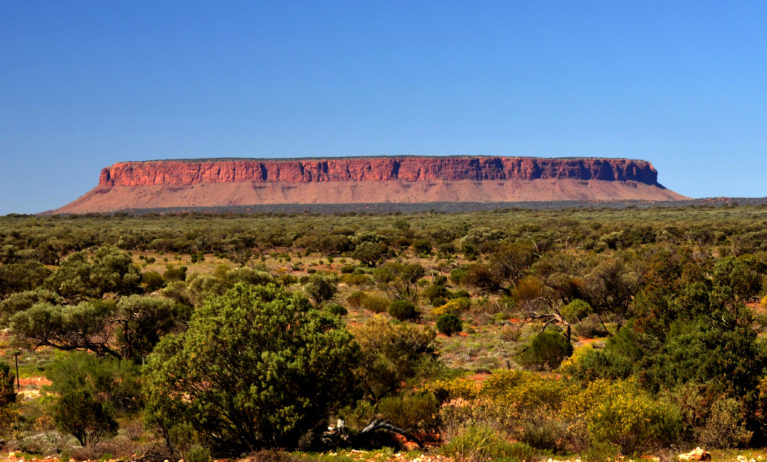
A dream that cannot be denied
Soon after the walk-off, the protest became much more than a claim for equal wages. The modern-day Gurindji dream, so reasonably proposed, was that they would live on their land, their way. They dared pursue a dream of a new relationship with broader Australia – one where Gurindji and kartiya could live as mates.
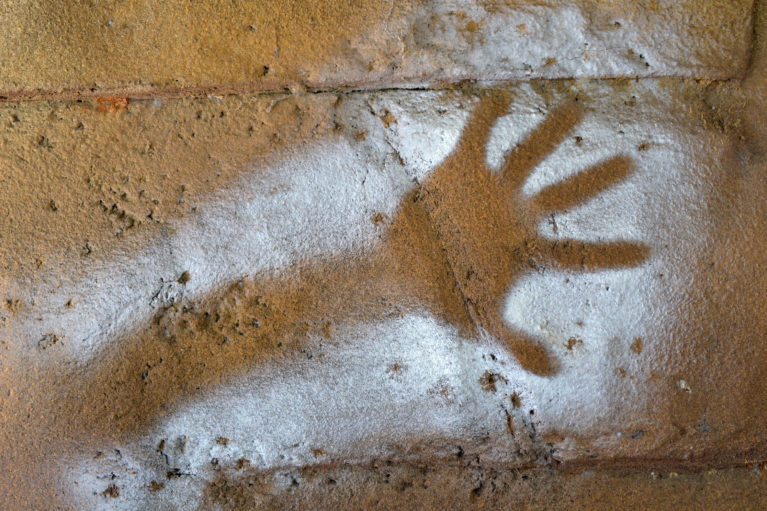
Ngumambinya
As a lifetime ambassador for the Indigenous Literacy Foundation (ILF), I see firsthand the importance of reading and writing in first languages. The ILF has published over ninety books as part of their Community Literacy Projects, and many of them are in eighteen different languages from the remotest communities in Australia. These books assist some of Australia’s most disadvantaged people to become self-determining through literacy.